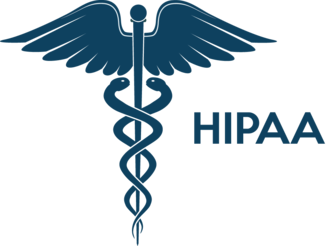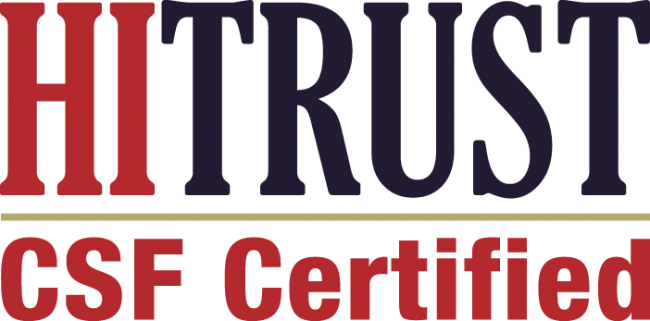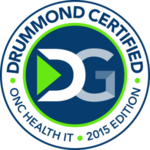As the demand for value-based care continues to rise, Medicare’s Remote Patient Monitoring (RPM) program has emerged as a powerful tool to improve patient outcomes and reduce long-term healthcare costs. For billing companies managing RPM reimbursements, the complexities of compliance, documentation, and coding present both challenges and opportunities. In this blog, we’ll walk through the best practices to optimize billing processes for RPM services under Medicare, highlight key regulatory considerations, and provide updated facts and source links.
📊 What is Medicare RPM?
Remote Patient Monitoring (RPM) involves the use of digital technologies to collect medical data from patients in one location and transmit that data securely to healthcare providers in a different location for assessment and recommendations.
Medicare Facts:
- RPM is covered under Medicare Part B.
- Eligible patients must have a chronic and/or acute condition being monitored remotely.
- Medicare pays approximately $120–$150 per patient per month for properly billed RPM services, depending on usage and time spent.
(Source: CMS 2024 Physician Fee Schedule)
🧾 Key RPM CPT Codes and Billing Requirements
| CPT Code | Description | 2024 Medicare Rate (Approx.) |
| 99453 | Device setup, patient education | ~$19 |
| 99454 | Device supply with daily recordings (30 days) | ~$49 |
| 99457 | 20 minutes of interactive communication per calendar month | ~$49 |
| 99458 | Additional 20 minutes (up to 2 units per month) | ~$40 |
| 99091 | Collection and interpretation of data (30 min per month) | ~$57 |
(Source: CMS Physician Fee Schedule Tool)
✅ Best Practices for RPM Billing Companies
1. Understand Eligibility and Coverage Criteria
Ensure patients meet Medicare’s RPM eligibility:
- Must be under the care of a physician or qualified healthcare professional.
- The condition being monitored should be chronic (e.g., hypertension, diabetes) or acute (e.g., post-surgical recovery).
- Services must be ordered and billed by physicians or non-physician practitioners (NPPs) such as PAs or NPs.
💡 Tip: Avoid billing RPM for patients with non-qualifying conditions or those not enrolled in Medicare Part B.
2. Ensure Proper Use of FDA-Approved RPM Devices
RPM devices must:
- Automatically collect physiologic data (e.g., blood pressure, glucose).
- Be FDA-cleared or approved for the intended use.
- Be capable of transmitting data electronically, not manually reported by the patient.
💡 Tip: Avoid using consumer wearables or manually tracked data unless FDA-cleared and compliant with CMS requirements.
3. Accurate Time Tracking and Documentation
Time-based codes (99457, 99458) require:
- Interactive communication (phone, video, etc.) with the patient or caregiver.
- Accurate documentation of date, time, and duration of each communication.
- A cumulative 20+ minutes per month to qualify for 99457.
💡 Tip: Use EHR-integrated or RPM platform tools to automatically log and audit clinical interactions.
4. Avoid Common Billing Pitfalls
- Billing 99453/99454 more than once every 30 days.
- Billing 99457/99458 without documenting time or interaction type.
- Submitting RPM claims for hospital inpatients or SNF residents is not permitted under Medicare.
💡 Tip: Conduct monthly internal audits or partner with a compliance specialist to identify and rectify improper claims.
5. Stay Updated with Medicare Policy Changes
Medicare RPM requirements have evolved:
- In 2021, CMS clarified that RPM could be used for acute conditions, not just chronic.
- In 2023–2024, CMS emphasized that data must be automatically transmitted, and services must be clinically necessary.
📌 Stay informed through:
- CMS Final Rules
- Federal Register for RPM Updates
6. Partner with RPM-Enabled Platforms
Choose digital platforms that:
- Integrate with EHRs and billing software.
- Support HIPAA-compliant data transfer.
- Automate eligibility checks, code application, and reimbursement tracking.
💡 Tip: Platforms like HealthViewX provide automated billing logs, patient reminders, real-time dashboards, and audit-ready documentation.
7. Educate Providers and Staff
Ensure your clients and their care teams understand:
- RPM documentation and billing workflows.
- Time thresholds and qualifying services.
- Best practices for compliance and audit preparedness.
💡 Tip: Conduct quarterly webinars or lunch-and-learn sessions for provider teams.
🧮 RPM Revenue Potential for Billing Companies
Let’s say your client monitors 100 Medicare patients monthly:
| Code | Reimbursement | Monthly Revenue (100 patients) |
| 99453 | $19 x 1 (once at start) | $1,900 (initial month) |
| 99454 | $49 x 100 | $4,900 |
| 99457 | $49 x 100 | $4,900 |
| 99458 | $40 x 50 (if 50% need extra time) | $2,000 |
Total monthly: ~$11,800 – $13,700
Annualized: $141,600 – $164,400
(Source: CMS Fee Schedule)
🏁 Conclusion
Medicare RPM offers a valuable care pathway for chronic and acute disease management, but accurate billing is essential for compliance and reimbursement. Billing companies are critical in navigating this evolving space by aligning clinical documentation with CMS guidelines, leveraging technology, and staying informed of policy updates.
By following these best practices, billing companies can help providers deliver high-quality RPM services while maximizing revenue and minimizing risk.






